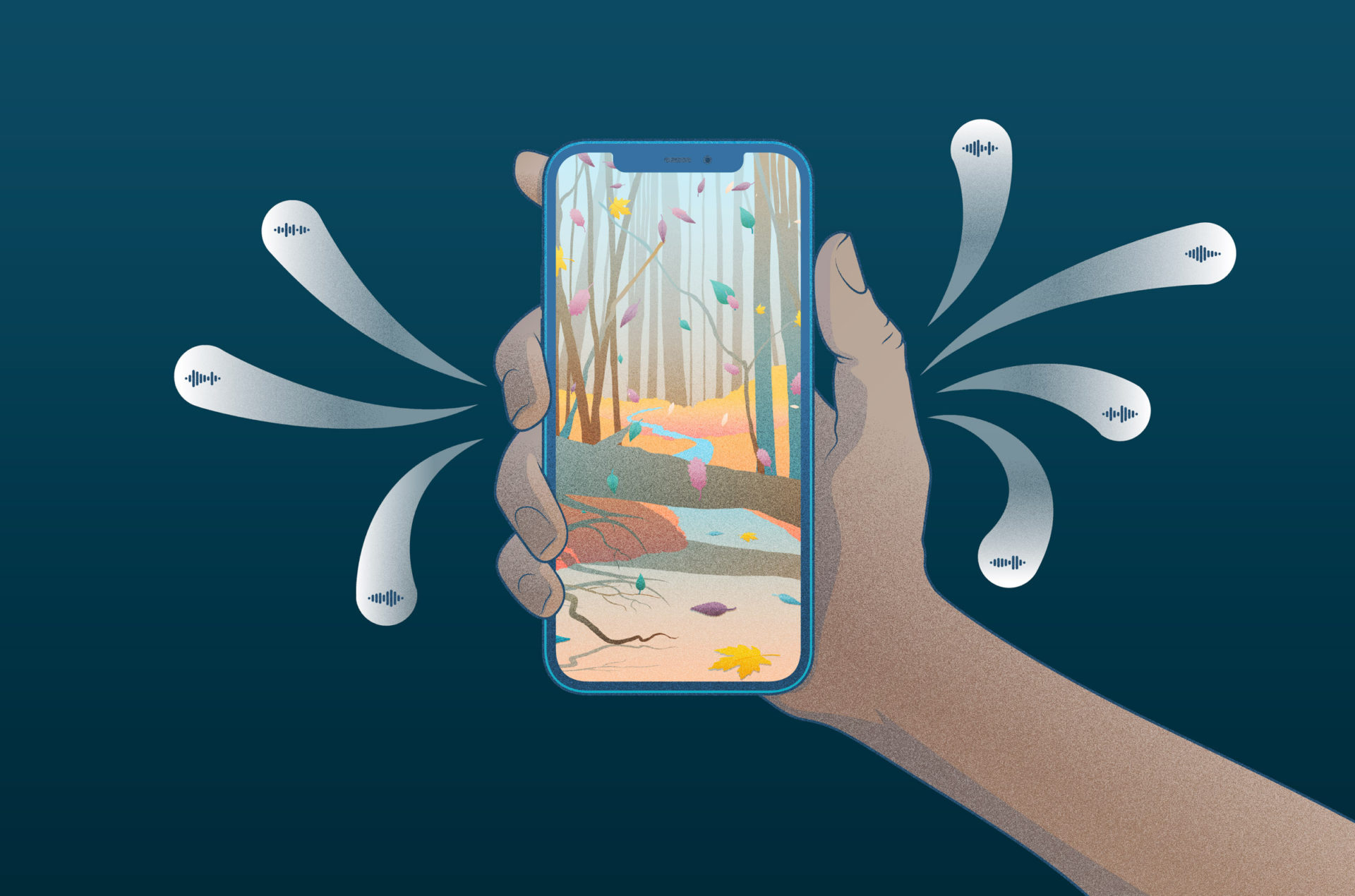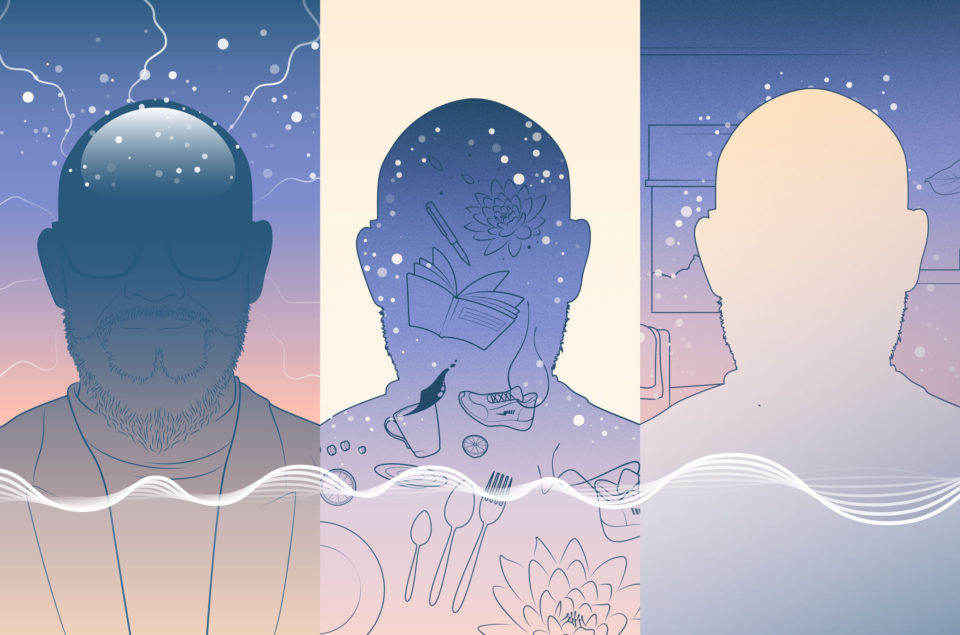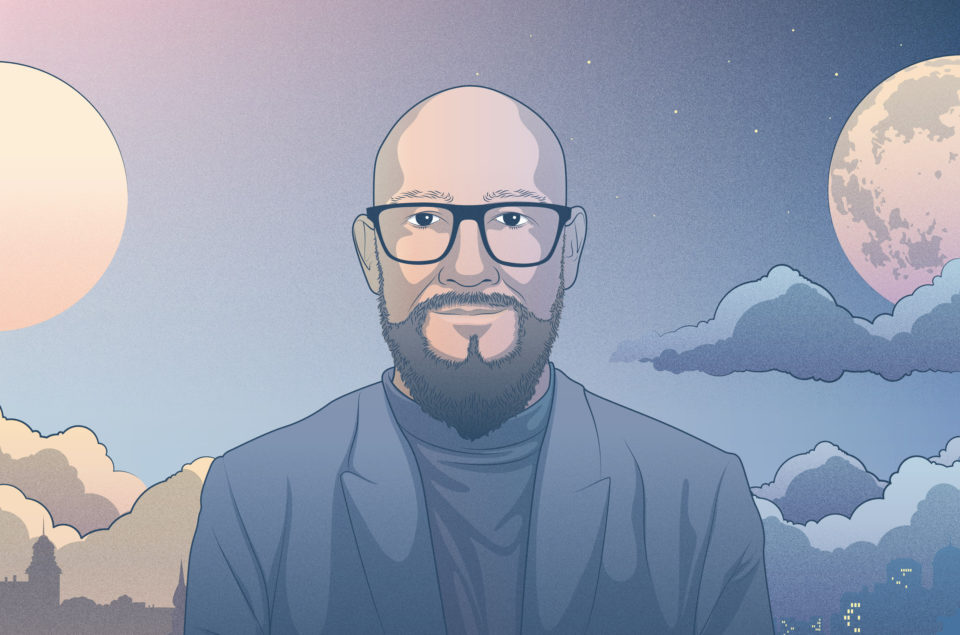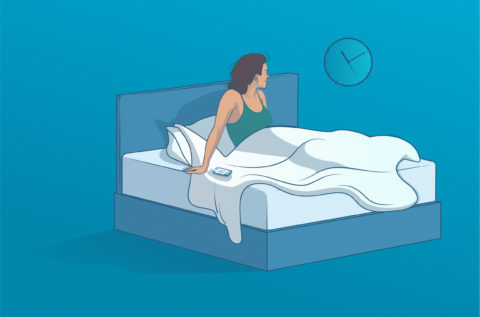Spatial sound is not a new invention, but its technology has recently become more mainstream with more studios employing the technique to create an immersive listening experience. Audio sleep aids using spatial sound have become increasingly popular to help the onset of sleep. Join us as we take a closer look at spatial soundscapes, their impact on sleep, and the dynamics involved in creating top-tier sleep aid content using spatial audio.
What is spatial sound?
Spatial sound is three-dimensional audio, where the sound appears to be coming from all around you. The concept has evolved from not just giving a stereo image to your sound experience (where the source is positioned somewhere between far left or right in the mix), but to position the sound in a surround sound type context which is closer to how you perceive sound in real life.
History of spatial sound
Sounds that allow for a 360-degree listening experience (binaural sound) have a history that can be traced back for centuries, even before technology shaped its current imprint. The premise then, as it still is now, is that we can use our physical environment to shape the sound.
- Cori spezzati – during the mid-1500s, the act of splitting up choirs into smaller groups became in vogue so they could sing together in call-and-response. For churchgoers this meant they would enjoy the same listening experience, no matter where in the church they sat.
- Ambisonics – a technique used for the recording, mixing and playback of 360-degree audio was developed by a British research institution in the 1970s. It became mainstream much later with the rise of home entertainment systems.
- 1982, Dolby Laboratories, the sound technology company launched Dolby Surround for home cinema
- Since the early 2000s, game developers have capitalized on spatial audio to create unparalleled gaming experiences.
- Dolby Atmos – was introduced with Disney’s film, Brave in 2012. The major difference between Atmos and its predecessors was that Atmos treated every sound as an individual object and more speakers were added, enabling listeners to hear speakers not only around them, but also above them.
Considerations when creating spatial soundscapes for sleep
Sleep aids that help the onset of sleep and contribute to sleep quality are, as you can imagine, highly individual. Spatial soundscapes – albeit realistic and closer to a ‘real-life’ listening experience – does not necessarily mean it is better when it comes to helping you sleep. Just as some swear by Virtual Reality (VR) while others don’t care much for it, the same can be said for spatial soundscapes.
- Content – as always, content is king! A mono recording, which doesn’t contain left or right information on the sound source, can still work just as well in helping the onset of sleep if the content is targeted for the audience. Similarly, the right content coupled with spatial sound can produce a truly helpful sleep aid.
- Landscapes – a spatial sound experience becomes highly relevant when it comes to creating the idea of a landscape that you can relate to. For example, using spatial sound to recreate a forest, a beach, or plains of tall grass can become a genuinely immersive experience and thus highly effective.
- Safe space – the need to create a safe space for better sleep is prehistoric and dates to when we would seek shelter in caves from wild animals and other imminent dangers. A sleep environment where you feel safe is just as important today to help you sleep better. If you consider a stroll through nature to be your safe space, chances are spatial soundscapes emulating this will become a soothing sleep aid.
Simply put, if you enjoy walking in a forest and it makes you feel safe, it seems like a good idea to recreate that experience as closely as possible to help you fall asleep.
Creating spatial soundscapes at Sleep Cycle
Each individual and company’s workflow is unique. At Sleep Cycle, we apply the following method:
- Location – We visit the locations we want to capture ourselves. We stay there for a day or two and immerse ourselves in the surroundings of the landscape.
- Recording – We choose to record everything that the microphone captures and don’t filter during the recording process. It’s like most recording processes, but with more focus on multiple versions of the source material and the mixing process.
- Equipment – We use portable equipment typically found in movie or radio productions and multiple kits with different microphones that record the same source. Once back in the studio, we use Dolby Atmos as a framework to process the material into a spatial audio experience.
Sleep Cycle recently launched “Forest Walk”, our first installment in the spatial soundscape category. It was specifically designed to provide an immersive and relaxing experience for its users. During the recording of “Forest Walk” the Sleep Cycle team literally camped out in the forest with cheese sandwiches and hot chocolate, recording every snapped twig, babbling brook, and buzzing insect during their 48-hour stint. With the “Forest Walk,” spatial audio sleep aid, the aim was to let Sleep Cycle users feel they are fully surrounded by the sounds of nature as they fall asleep. Additional tracks including “‘Forest Creek”’ and “‘Forrest Pond”’ are expected to launch this Christmas, 2021.
Spatial sound and its impact on sleep
Research on spatial sound and its impact on sleep is limited, however, studies show that sound, in general, can have a profoundly positive effect on your sleep quality and ability to wind down before bedtime and fall asleep. One particular study looking at the effect of white noise on the quality of sleep in patients admitted to critical care units (CCU) recommended the use of white noise as a method for improving and maintaining sleep.
Another study looking at students with poor sleep concluded that listening to relaxing classical music at bedtime is an effective intervention in reducing sleeping problems.
But while you can generalize on what sleep aids seem to work better based on science and studies, it remains a subjective experience to the single user. It’s difficult to pinpoint a universal truth to this, only more or less likely scenarios. Like all our senses, what you hear triggers a complex chain of events based on your experiences, association patterns, preference, and so on. Only you will know what will work for you.
General conclusions can be used as a guide to start browsing for content, but if purple noise or rain does nothing to soothe you, and if immersive surround sound recreates that safe landscape for sleep, then go ahead and put those hiking boots next to your bed as you prepare to go for that forest walk – asleep.









